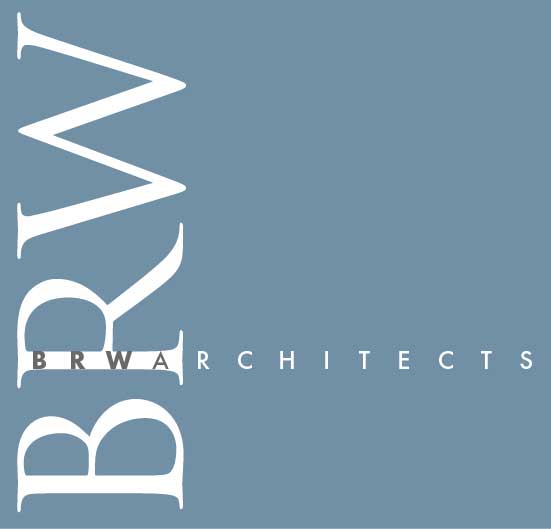resident-led neighborhood redevelopment
Southwood Mobile Home Community Redevelopment
Albemarle County, Virginia
2017-present
Southwood Mobile Home Park, five miles south of Charlottesville, is a community of 341 mobile homes and 1,500 residents. It is a creative, complex community of primarily Spanish-speaking residents, and it also the largest concentration of poverty in Albemarle County. In 2007, Habitat for Humanity of Greater Charlottesville was able to take over ownership and maintenance of the property and made a promise to residents that no one would be displaced.
brwarchitects has a long history with Habitat—Bruce Wardell is one of the co-founders and former President—and so Habitat reached out to brwarchitects in 2017 to bring in a sensitive, skilled firm with experience in affordable housing. They knew that they could trust brwarchitects to listen first and prioritize residents’ desires and vision.
Lead by Whitney McDermott and Habitat’s support team, brwarchitects embarked on a transformational, multi-year process to demystify the knowledge and skills around neighborhood planning and design. Southwood’s residents became Resident Planners, and the power normally controlled by “expert” professional planners flourished in the hands of the community members.
Southwood residents have designed the Master Plan for their neighborhood as well as a Code of Development. They have developed specific guidelines for other entities who may want to build in their neighborhood so that they integrate and respect the community and culture at Southwood. And—nearly unheard of in redevelopment projects nationally—this project upholds the fundamental promise that Habitat made to Southwood: that no one will be displaced.
A poignant result of this process has been that the City of Charlottesville has recognized the value of resident-led redevelopment. They have partnered with brwarchitects to implement a similar strategy for replacing and adding to the public housing in Charlottesville.
Public Housing at South First Street
Charlottesville, Virginia
2018-present
Acknowledging the benefits of the resident-led process at Southwood, the City of Charlottesville has implemented a similar strategy for its public housing stock with brwarchitects in a leading role.
Where Southwood had the benefit of a decade-long relationship with Habitat, the context and history of Charlottesville’s predominantly African-American public housing community has shaped a very different process. A history of displacement and demolition heavily influences the neighborhood vision. Economic pressures and geographical limitations are more present than in Albemarle County. And perhaps most challenging was the condensed timeline: creating a resident-led neighborhood plan in under one year.
In that time, 15 Resident Planners visited different types of neighborhoods, established design values, and learned technical planning skills that ranged from planning green space to reading a blueprint.
The resulting vision for the neighborhood does several things:
- it protects the elements that residents value about their current neighborhood;
- it reflects the layouts, amenities, and housing typologies desired by the community that lives there; and
- it invests in shared resources and improved/expanded affordable housing.
The resident planning group received news in late June that their efforts had spearheaded two major funding successes. The project received the Governor’s Vibrant Communities Initiative Grant for $2 million. Later in the same week, the project received $16 million of Low Income Housing Tax Credits. These two funding sources will provide the majority of financial resources for the resident planner’s work to move from their initial design proposals through to construction.
